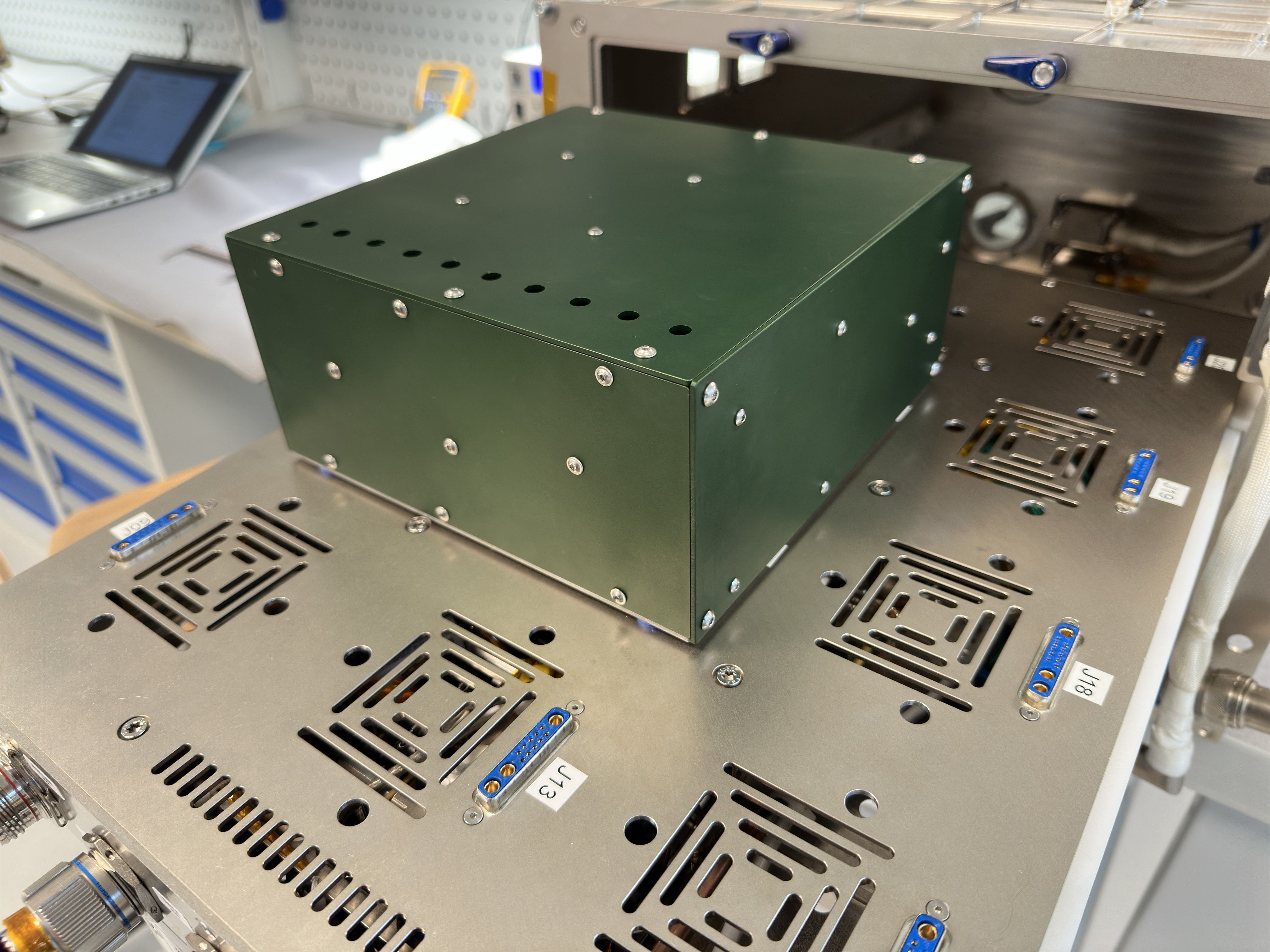As part of the Polish mission to the ISS, scientists will investigate how algae cope with space conditions.

The International Space Station will study microalgae that naturally live around volcanoes and geysers. Scientists will examine how microgravity affects microorganisms that could be used in space travel in the future to produce oxygen, food or new substances.
"Space Volcanic Algae" will be one of 13 experiments as part of the Polish technological and scientific mission IGNIS to the International Space Station (ISS). It will be conducted by Dr. Sławosz Uznański-Wiśniewski, a Polish project astronaut of the European Space Agency (ESA). The launch of the Ax-4 mission is to take place "no earlier than May".
Some species of algae are extremophilic organisms, which means that they are highly resistant to extreme conditions – for example, pressure, temperature, radiation or high concentrations of certain substances. As part of the “Space Volcanic Algae” experiment, scientists will investigate how microalgae cope with space conditions. This is important because in the future, such microorganisms could be used to enrich the air with oxygen, to produce food more quickly on ships and space bases, or to process waste.
The experiment is led by Ewa Borowska, CTO (Chief Technology Officer) and scientist at Extremo Technologies.
As she told PAP, the experiment will consist of two parts: "First, we will examine the level of oxygen production and photosynthesis in microalgae using an innovative oxygen sensor, created in cooperation with engineers from the University of Tartu (Estonia). In the second part, we will focus on genetic and morphological changes in algae cells under the influence of microgravity."
Microalgae similar to those naturally occurring in volcanic areas and geysers in Iceland or Yellowstone (USA) will be tested in orbit. Especially in this American national park, you can see how different species of microorganisms - algae, bacteria, fungi - develop in hot springs, creating microbiological mats with intense colors.
"We selected two species of volcanic extremophilic microalgae for the experiment. They grow in environments with a lot of heavy metals, carbon dioxide and hydrogen sulphide. Their metabolic processes enable, for example, very rapid binding and processing of carbon dioxide and production of oxygen," said the project manager.
Researchers are interested not only in how much oxygen microalgae will produce in orbit, but also what other substances from metabolic processes in microgravity will appear in cells.
"It is already known that various bacteria or cells, for example cancer cells, divide very quickly in microgravity. This produces significantly more metabolites, i.e. products of chemical changes occurring in organisms. Microalgae adapt very quickly to new conditions, so a two-week experiment will allow us to notice changes in their functioning. We expect that these metabolic processes may produce compounds that could one day be used, for example, in pharmacology, medicine or environmental protection," the researcher assessed.
During the experiment, Ewa Borowska’s team will also test a specific substance produced by microorganisms to see if it can protect microalgae from the effects of microgravity and cosmic radiation – for example, by protecting the cell membrane.
The algae will be placed in a fully automated aluminum box called a "cube" that will be connected to a power supply on the ISS in the Columbus module of the European space laboratory.

"The ICE Cubes Facility (International Commercial Experiment Cubes) from ICE Cubes Service operates there, implementing the +Space Volcanic Algae+ experiment on the ISS. After connecting to the power supply, the software will activate the oxygen sensor and LED diodes that will illuminate the microalgae. Our automated mini-laboratory was designed and built from scratch by our team," explained Ewa Borowska.
She also added that the algae will be grown on the ISS not in water, but in a special gel developed by the Extremo Technologies team.
The container with microalgae is to be returned to Earth with the mission crew. The researchers will then compare the results after the mission with an Earth experiment they will conduct in the same cube.
Anna Bugajska (PAP)
Science in Poland
abu/ bar/ amac/
The PAP Foundation permits free reprinting of articles from the Nauka w Polsce Service, provided that you inform us by e-mail once a month about the use of the service and provide the source of the article. In portals and internet services, please include the linked address: Source: naukawpolsce.pl, and in journals the annotation: Source: Nauka w Polsce Service - naukawpolsce.pl. The above permission does not apply to: information from the "World" category and any photographs and video materials.
naukawpolsce.pl




